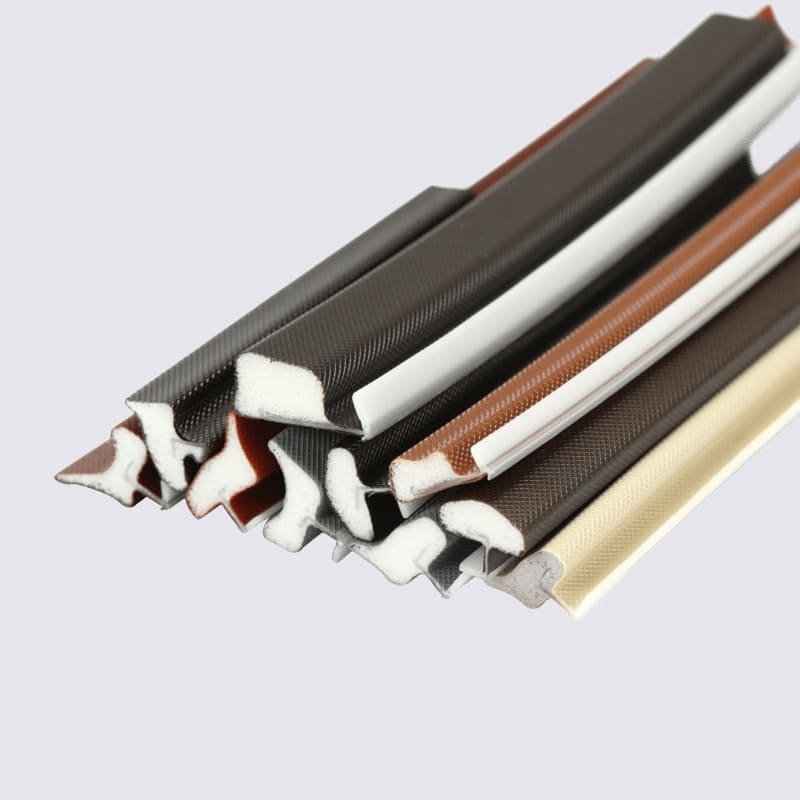En el intrincado ecosistema del mantenimiento del automóvil, a component that seldom grabs headlines yet plays a pivotal role in the vehicle’s integrity is the humble car door seal. Servir como guardián contra el implacable ataque de los elementos, ya sea lluvia, polvo, or noise—the integrity of car door seals is paramount for the vehicle’s overall performance and the occupants’ comodidad. This guide is dedicated to unraveling the intricacies of car door seal maintenance, spotlighting the critical signs that herald the need for replacement, and ensuring that your vehicle continues to operate in its optimal state.
Car door seals should be replaced when you notice visible holes and gaps or when the door emits louder noises upon closure. These symptoms not only signify a compromise in the seal’s effectiveness but also highlight a loss in flexibility, crucial for insulating the vehicle’s interior from water, suciedad, and external noise pollution.
But how do you tread the vast landscape of maintenance options and considerations with confidence? The journey begins here.
Understanding Car Door Seals
Car door seals, or weather stripping, are more than just rubber outlines; they are engineered barriers against the elements. Available in a variety of materials, including rubber, silicona, and PVC, each type offers unique benefits. Por ejemplo, silicone seals provide superior resistance to temperature variations, making them ideal for extreme climates, while rubber seals are prized for their flexibility and durability.
Signs Your Car Door Seals Need Replacement
The call to replace your car door seals is often signaled by unmistakable signs. Drafts or leaks, visible wear or tear, and an increase in cabin noise are clear indicators. Además, if the seals are hardening or cracking, it’s time to consider replacements to prevent further damage to your vehicle’s interior and ensure a comfortable ride.
The Lifespan of Car Door Seals
Automotive seals are designed to last, typically staying effective for about 10 years or 100,000 millas. Sin embargo, this longevity can be influenced by several factors, including the vehicle’s maintenance regime, exposure to harsh environments, and the quality of the seals themselves.
Choosing the Right Weather Stripping for Your Vehicle
Selecting the right weather stripping involves considering the vehicle’s operational environment. For vehicles in colder climates, seals that offer excellent cold resistance without hardening are essential. Conversely, in warmer climates, UV-resistant materials will ensure the seals do not degrade under the sun’s harsh rays.
DIY Tips for Replacing Car Door Seals
For the DIY enthusiast or the professional mechanic, replacing car door seals can be a rewarding task. Begin by carefully removing the old seals, ensuring not to damage the door frame. Clean the area thoroughly before applying the new seal, pressing firmly to secure it in place. For an added level of protection, consider applying a seal conditioner to extend the life of the new seals.
Maximizing the Life of Your Car Door Seals
Regular inspection and maintenance are key to extending the life of your car door seals. Clean them periodically with a mild soap solution and apply a rubber conditioner to keep them soft and pliable. Avoiding harsh chemicals and minimizing exposure to extreme temperatures can also help preserve the integrity of the seals.
Conclusión
En conclusión, the significance of car door seals in the automotive industry cannot be overstated. By staying vigilant to the signs of wear, understanding the various types of weather stripping available, and employing best practices in maintenance, automobile manufacturers, wholesalers, and auto repair professionals can ensure that these critical components continue to serve their essential purpose. In doing so, they not only enhance the longevity and performance of the vehicles but also reinforce their commitment to delivering excellence in automotive care.




